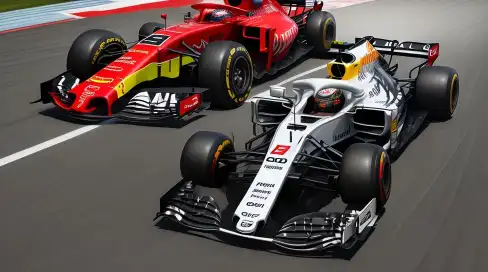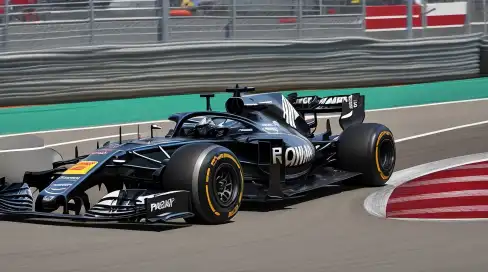When did F1 switch to hybrid? Formula 1 switched to hybrid engines in 2014. The FIA, the governing body of the sport, introduced a new set of regulations that mandated 1.6-liter V6 hybrid power units for all teams. This marked a significant shift from the previous 2.4-liter V8 engines.
Why the switch?
There were two main official reasons for the switch:
- Efficiency and Sustainability: The regulations aimed to reduce fuel consumption and push the boundaries of hybrid technology that could benefit road car development.
- Performance with Control: F1 sought efficiency while also preserving the sport’s high-performance character. A means of achieving both was provided by hybrid engines.
- Strategic enhancement :Racing could get a strategic component from the short bursts of extra power produced by the recovered energy after braking.
There were also some unofficial reasons
- Red Bull dominance: Prior to 2014, Red Bull, particularly with Adrian Newey’s aerodynamic genius, reigned supreme. Their cars were incredibly efficient in extracting performance from the old V8 engines.
- Focus Shift: Hybrids introduced a whole new dimension – developing and integrating the complex power unit with the chassis. This could potentially divert Red Bull’s resources and focus away from their traditional strength in aerodynamics.

Did it work?
Well, the initial impact was undeniable. Mercedes capitalized on the hybrid era, becoming the dominant force for several years. However, Red Bull has adapted and remains a major contender today. So, while the switch might have slowed them down initially, it didn’t completely extinguish their competitive spirit.
The new engine format:
The new regulations introduced a complex power unit consisting of two key elements:
- 1.6-liter V6 Internal Combustion Engine (ICE): This smaller engine compared to the previous V8s offered better fuel efficiency.
- Hybrid System: This system captured wasted energy from the car and redeployed it for additional power. It consisted of two parts:
- MGU-K (Motor Generator Unit – Kinetic): Captured kinetic energy during braking and converted it to electrical energy stored in a battery. This electrical energy could then be deployed to give the car a short power boost.
- MGU-H (Motor Generator Unit – Heat): Captured thermal energy from the turbocharger and converted it to electrical energy. This energy could be used to supplement the MGU-K and provide additional power or even spool up the turbocharger faster, reducing turbo lag.
Looking ahead When did F1 switch to hybrid
The future of F1 engines is still evolving. While the 1.6-liter V6 configuration is set to remain until 2026, there are discussions about removing the MGU-H and increasing the power of the MGU-K. Additionally, F1 aims to introduce fully sustainable fuels by 2025, making the sport even more environmentally friendly.




